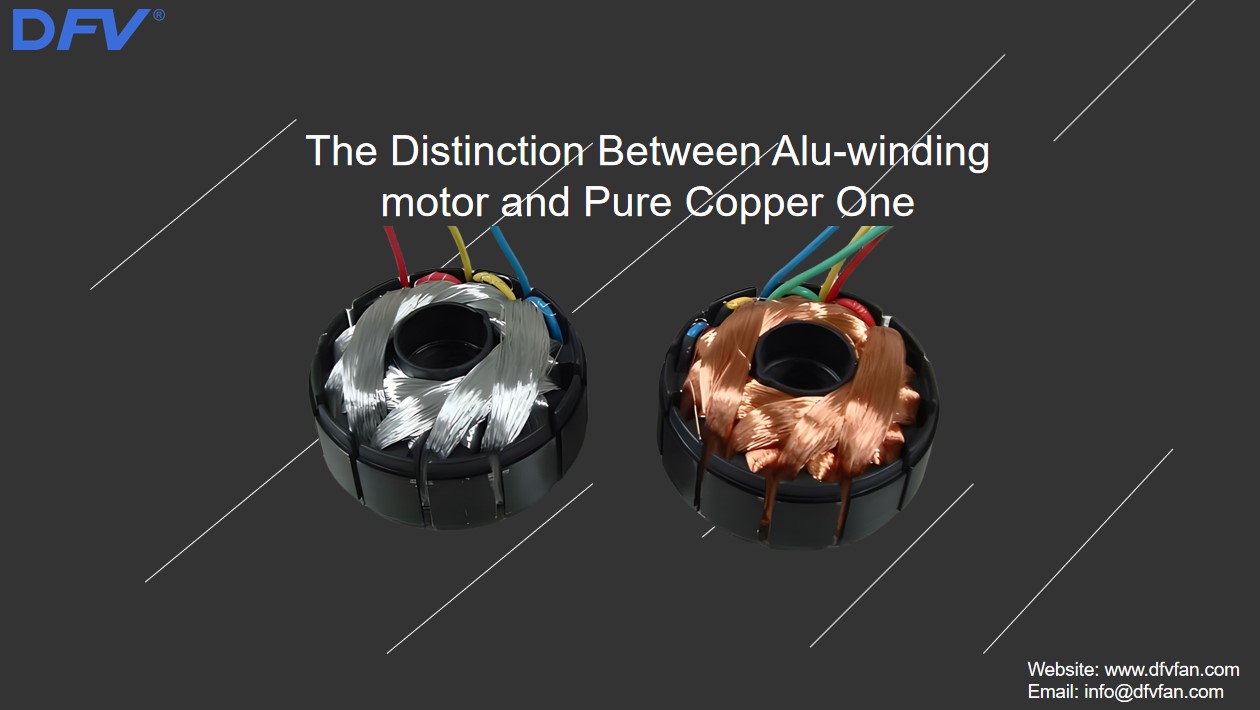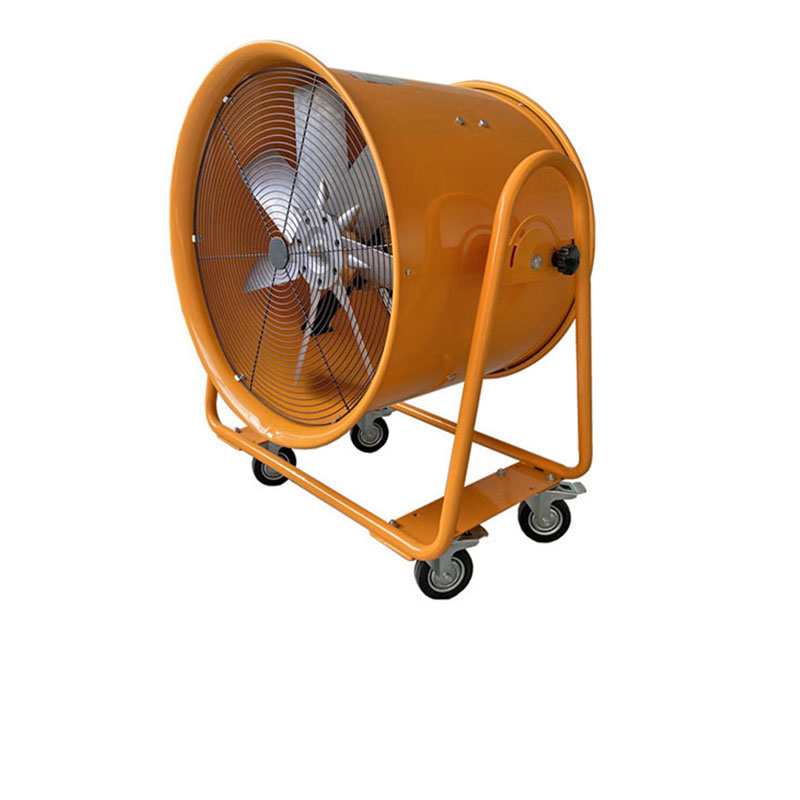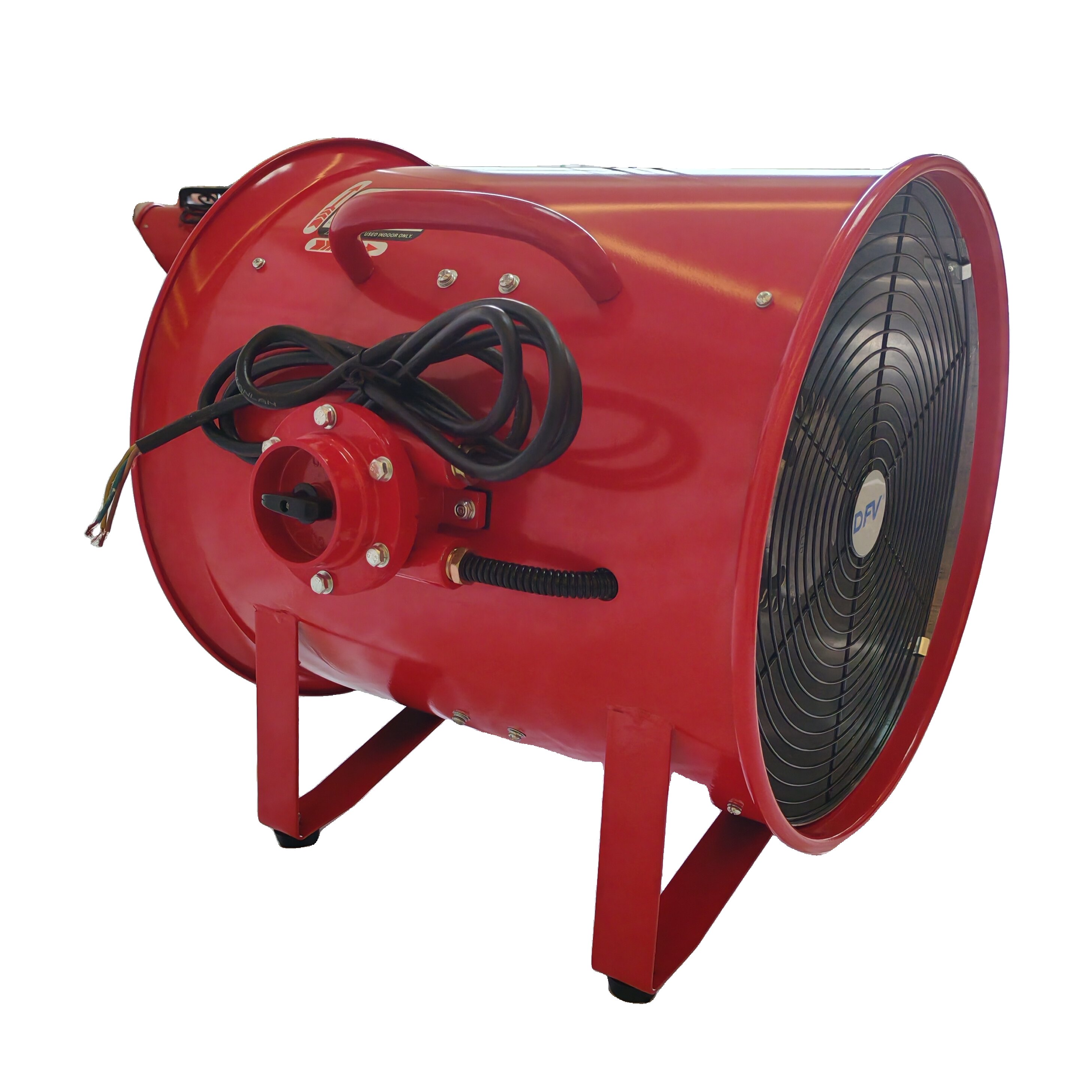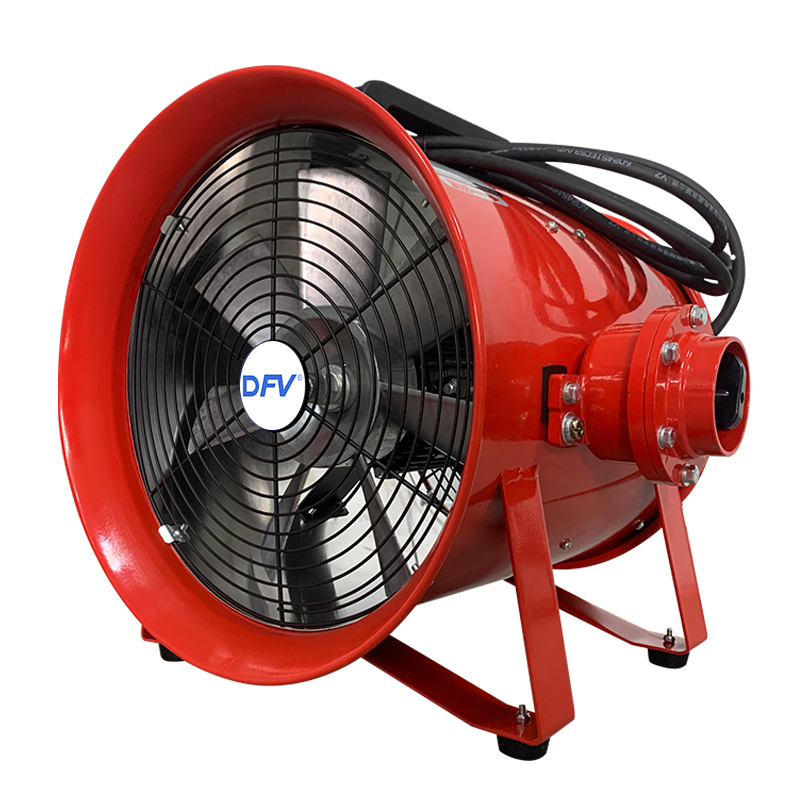The primary difference between pure copper motors and aluminum motors lies in the material used for the motor windings. Let's explore the distinctions between pure copper and aluminum motors:
Conductivity:
Copper is an excellent conductor of electricity. Motors with copper windings typically have lower electrical resistance, which can result in higher efficiency and better performance.
Thermal Conductivity:
Copper has higher thermal conductivity compared to aluminum. This means that pure copper motors may dissipate heat more effectively, potentially leading to better heat management and longer motor life.
Weight:
Copper is denser than aluminum, so motors wound with copper tend to be heavier. This can be a drawback in applications where weight is a critical factor.
Cost:
Copper is more expensive than aluminum. Motors with copper windings are generally costlier to produce.
Corrosion Resistance:
Copper is less prone to corrosion than aluminum. This can be advantageous in certain environments where corrosion resistance is essential.
Application Considerations:
Efficiency: Copper motors are often chosen for applications where high efficiency is critical, while aluminum motors may be more suitable for cost-sensitive applications where a slight reduction in efficiency is acceptable.
Weight Considerations: If weight is a crucial factor, aluminum motors might be preferred.
Cost Sensitivity: For budget-conscious applications, aluminum motors may offer a more economical solution.
Ultimately, the choice between pure copper and aluminum motors depends on the specific requirements of the application, considering factors such as efficiency, weight, cost, and environmental conditions.
|
Distinctions |
Pure Copper Winding |
Aluminum Winding |
|
Conductivity |
Excellent |
Worse |
|
Thermal Conductivity |
Higher |
Ordinary |
|
Weight |
Heavier |
Lighter |
|
Cost |
More expensive |
Cheaper |
|
Corrosion Resistance |
Corrosion resistant |
Easy to corrode |






